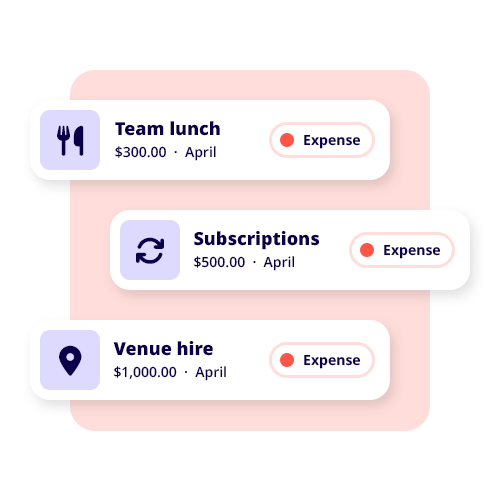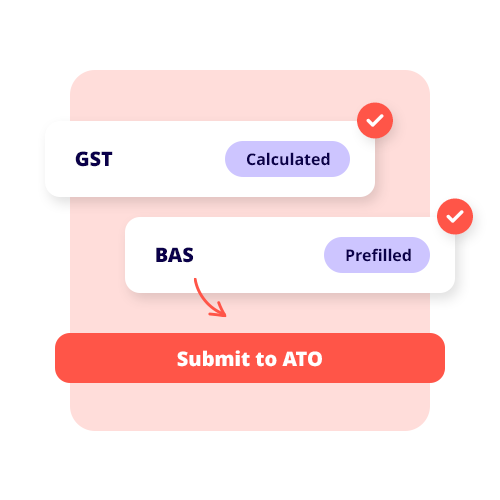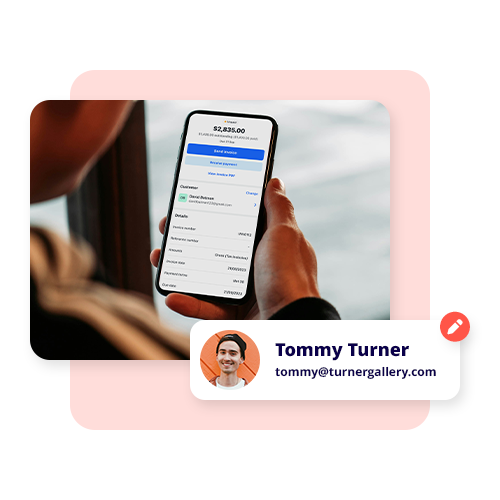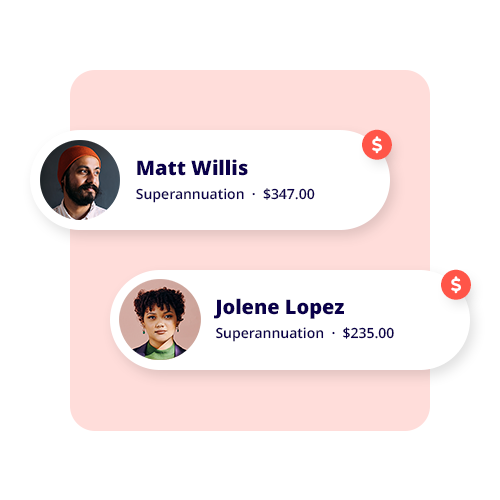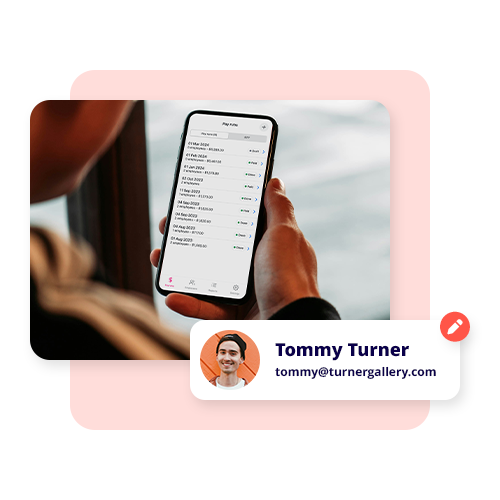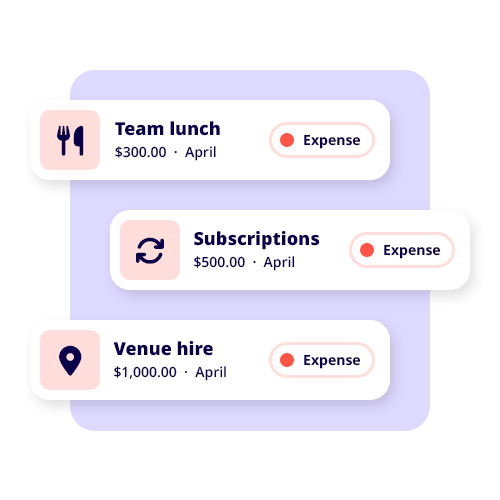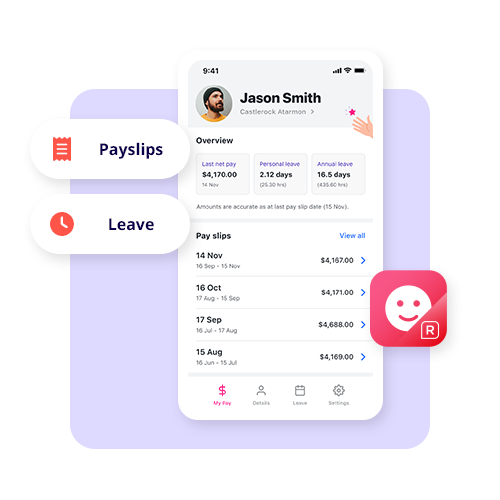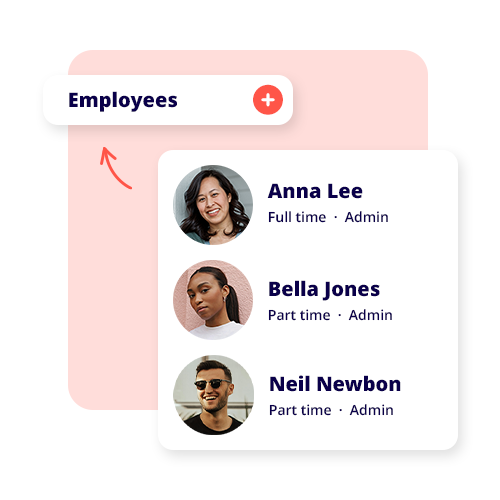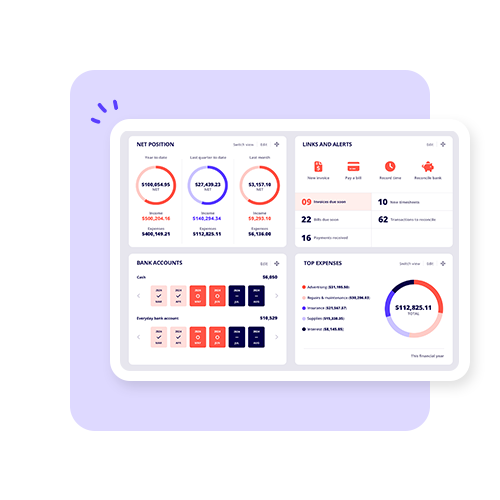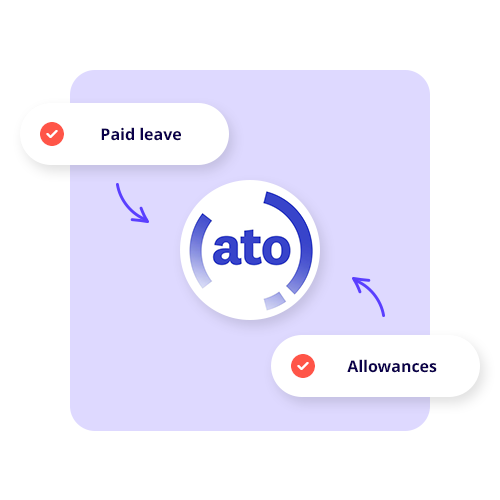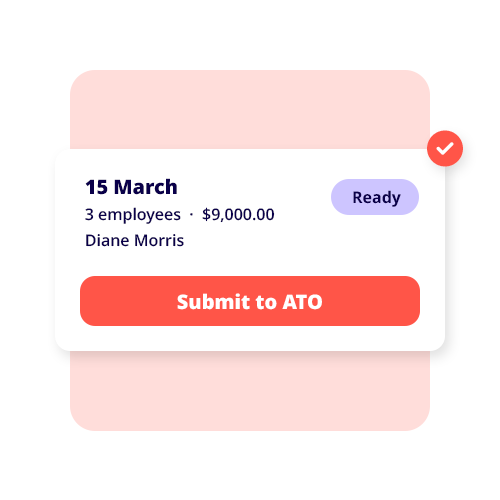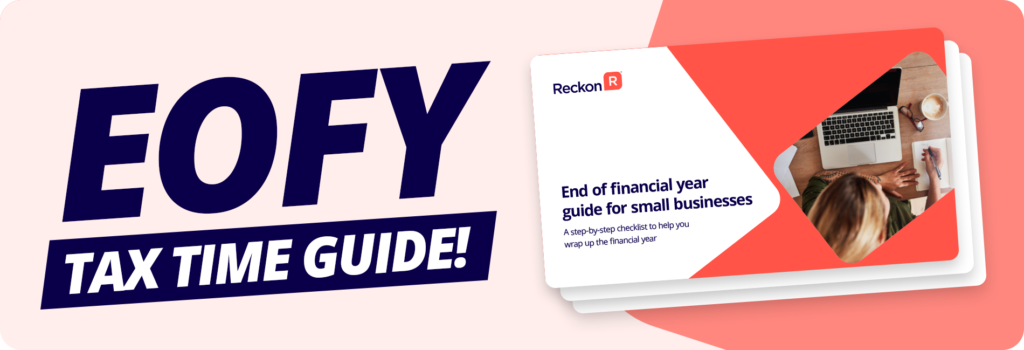During tax time, the Australian Taxation Office (ATO) have a strict policy on what businesses and individuals can claim tax deductions. You can submit up to $300 in business or work expense claims without receipts.
Generally, when you are looking to claim expenses, you should do so with proof of a receipt. If the ATO requires you to produce one and you can’t comply, the consequences could impact your tax refund or draw further scrutiny, leading to an audit.
Understandably, the ATO recognises that it isn’t practical for everyone to be able to hold onto a receipt for every transaction that occurs over a financial year. However, there are strict rules that apply to claiming without a receipt.
Reasons why you should only make claims with receipts
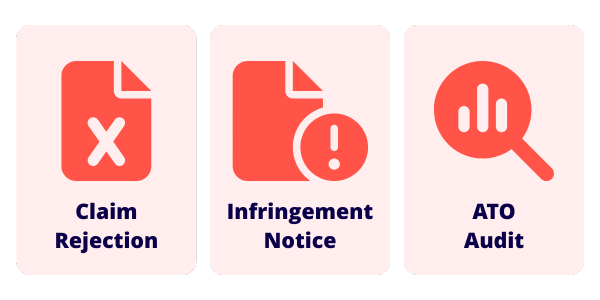
Being able to account for what you’re paying for will ensure that there are no surprises in your business’s accounting and bookkeeping. Holding onto your receipts is part of your due diligence. With a lax attitude towards record-keeping, you’ll find that you’ll pay more in tax.
If the ATO asks you to provide proof of payment, and you don’t have either a receipt or a record of a transaction, there are a number of outcomes:
- The tax deduction submitted is rejected and stricken from your tax return.
- An infringement notice is issued, leading to fines/penalties from the ATO.
- The ATO conducts an audit.
These outcomes vary in punishment, as a rejected deduction would mean the dollar amount of your failed expense claim would be absorbed back into your taxable income.
With an infringement notice, the ATO may believe you are trying to mislead them and issue a fine in the form of penalty units, which are $330 per unit.
An audit is when the ATO finds multiple instances of non-compliance and investigates your business as a whole.
Now that we’ve covered what possible outcomes occur with poor tax deduction claims, let’s look at how much you can claim and what is involved.
How much can you claim on tax without receipts?
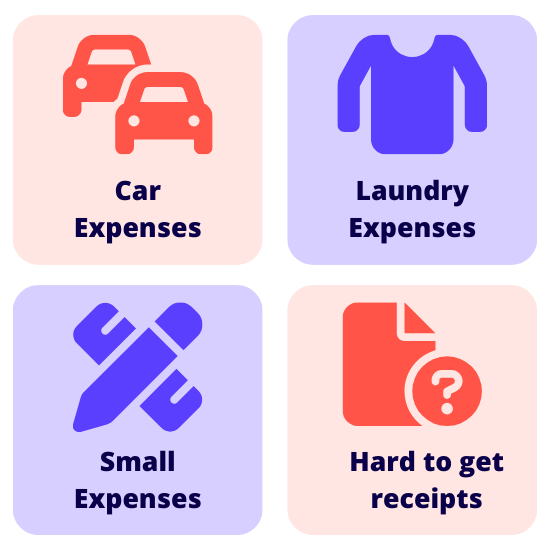
You can claim up to $300 in work-related expenses without a receipt. This is the total amount for the financial year; you can’t claim $300 in tax deductibles per line item.
When you are looking to submit an eligible claim without a receipt, the ATO will expect you to be able to show how you calculated it or provide written evidence in the form of bank transactions or card statements.
You can claim deductions on the following:
- Some car expenses
- Some clothing and laundry expenses
- Small expenses
- Hard to get receipts
Car expenses
Any deduction needs to be for work-related vehicle travel. The ATO uses ‘business kilometres’ to calculate how much you can claim.
How many kilometres can you claim on tax without receipts?
You can claim up to 5,000 ‘business kilometres’ per financial year. We follow the cents per kilometre method to calculate our deductions:
- You calculate your deductions based on the rate pertinent to the year you’re claiming. For 2024-2025, it’s 88 cents per kilometre.
- You’re allowed to claim 5,000 business kilometres per car.
- You should record written evidence of your work-related trips, such as a journal, for confirmation of use.
- You may need to provide written evidence to show how you worked out your business kilometres (for example, by producing diary records of work-related trips).
You can also use the ATO’s myDeductions tool to keep track of your expenses throughout the year.
When can’t you claim car expenses as a business deduction?
When claiming car expenses as a tax deduction, you need to be certain your vehicle use doesn’t violate the rules around business expenses.
You can’t claim for:
- Travel between your place of business and home – this is classified as private use
- Any expenses that have been salary sacrificed or reimbursed
- Motorcycle use or any vehicle that’s not a car – these fall under separate travel expenses.
How much fuel can you claim on tax without receipts?
Using the logbook method, there’s scope for referring to your fuel and oil receipts to provide proof of expenses. However, this isn’t a strict requirement, as you can also estimate the expenses based on odometer records.
You can claim any reasonable portion of use if you’ve clearly separated work from private use and your deductions are allowable under the ATO’s rules.
Laundry expenses
The full amount that you can claim for clothing and laundry expenses is $150. This cost is inclusive of the $300 that is eligible without receipts. You are a few rules to this:
- The clothes must be work-related, ie, uniforms, construction, or protective clothing.
- The claims are only for laundry expenses. This involves only cleaning, like using a laundromat where the ATO sets amounts of $1 per wash of work-related clothing or 50 cents per mixed load.
- Everyday clothing are not counted, nor is repairing work-related clothing.
Small expenses
You can claim small items like stationery and office supplies without a receipt as long as the expenses are under $10 and the total amount over the year does not exceed $200.
Hard to get receipts
The ATO considers hard-to-get receipts an exception when considering the realities of trying to have proof of purchase for every transaction. The eligible claim needs to be reasonable and business-related.
If you are unable to get a receipt, you must be able to produce a bank statement plus a written record of the purchase and the transaction.
This rule applies to purchases of roughly $10. Purchases that fall under hard-to-get receipts do not count toward the small expenses rule.
Claiming expenses without receipts
When you are ready to complete your tax return, it is better to err on the side of caution and use as many receipts for your tax deductions as possible. When claiming work-related expenses without receipts, make sure you have the following on hand:
- Related to your business or work
- Calculated costs, supplier details, and the date and time of purchase
- Supplementary documents, i.e. bank statements, written evidence, expense diary records, etc.
Having dedicated accounting software will help you record and track your expenses when filing your tax returns. If you’re unsure, consult with a bookkeeper or registered tax agent to assist.




